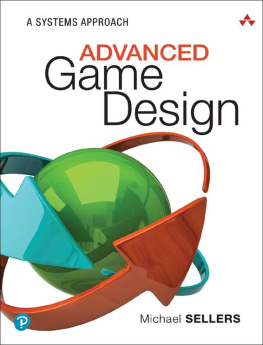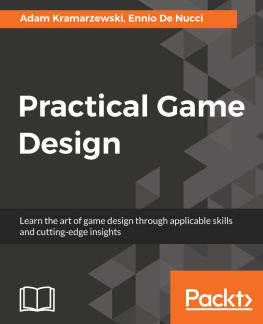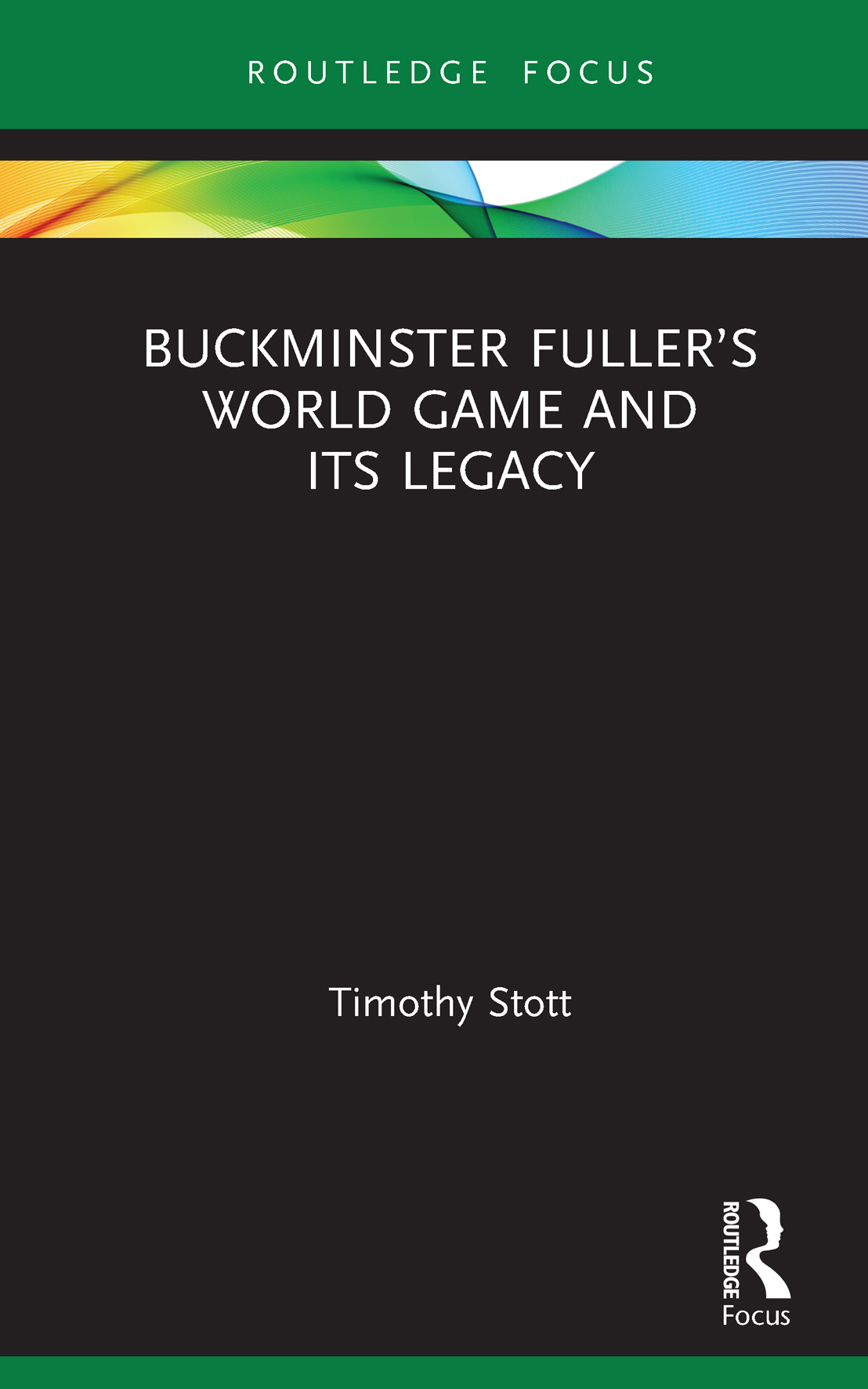
Buckminster Fullers World Game and Its Legacy
This book studies R. Buckminster Fullers World Game and similar world games, past and present.
Proposed by Fuller in 1964 and first played in colleges and universities across North America at a time of growing ecological crisis, the World Game attempted to turn data analysis, systems modelling, scenario building, computer technology, and information design to more egalitarian ends to meet human needs. It challenged players to redistribute finite planetary resources more equitably, to make the world work. Criticised and lauded in equal measure, the World Game has evolved through several formats and continues today in correspondence with debates on planetary stewardship, gamification, data management, and the democratic deficit. This book looks again at how the World Game has been played, focusing on its architecture, design, and gameplay. With hindsight, the World Game might appear nave, utopian, or technocratic, but we share its problems, if not necessarily its solutions.
Such a study will be of interest to scholars working in art history, design history, game studies, media studies, architecture, and the environmental humanities.
Timothy Stott is Associate Professor in Modern and Contemporary Art History, Department of History of Art and Architecture at Trinity College Dublin, the University of Dublin.
First published 2022
by Routledge
605 Third Avenue, New York, NY 10158
and by Routledge
2 Park Square, Milton Park, Abingdon, Oxon, OX14 4RN
Routledge is an imprint of the Taylor & Francis Group, an informa business
2022 Taylor & Francis
The right of Timothy Stott to be identified as author of this work has been asserted by them in accordance with sections 77 and 78 of the Copyright, Designs and Patents Act 1988.
All rights reserved. No part of this book may be reprinted or reproduced or utilised in any form or by any electronic, mechanical, or other means, now known or hereafter invented, including photocopying and recording, or in any information storage or retrieval system, without permission in writing from the publishers.
Trademark notice: Product or corporate names may be trademarks or registered trademarks, and are used only for identification and explanation without intent to infringe.
Library of Congress Cataloging-in-Publication Data
A catalog record for this title has been requested
ISBN: 978-0-367-48390-6 (hbk)
ISBN: 978-1-032-05839-9 (pbk)
ISBN: 978-0-367-48391-3 (ebk)
Typeset in Times New Roman
by codeMantra
Routledge Focus on Art History and Visual Studies
Routledge Focus on Art History and Visual Studies presents short-form books on varied topics within the fields of art history and visual studies.
Duchamp, Aesthetics, and Capitalism
Julian Jason Haladyn
Post-Conflict Monuments in Bosnia and Herzegovina
Unfinished Histories
Uro voro
Robert Motherwell, Abstraction, and Philosophy
Robert Hobbs
Jimmie Durham, Europe, and the Art of Relations
Andrea Feeser
World-Forming and Contemporary Art
Jessica Holtaway
The Power and Fluidity of Girlhood in Henry Dargers Art
Leisa Rundquist
Buckminster Fullers World Game and Its Legacy
Timothy Stott
For more information about this series, please visit: https://www.routledge.com/Routledge-Focus-on-Art-History-and-Visual-Studies/book-series/FOCUSAH
World politics in the Anthropocene cannot be business as usual.
R. Buckminster Fuller first proposed the World Game in 1964 but had anticipated it for several years. It was first played in colleges and universities across North America from the late 1960s as an attempt to turn a technocratic apparatus of data analysis, systems modelling, scenario building, computer technology, and information design the stuff of Cold War military strategy to more egalitarian ends to meet human needs. It challenged players, who were usually not experts, to redistribute finite planetary resources more equitably and, to use Fullers phrase, to make the world work. The media theorist Gene Youngblood, an early advocate of the World Game, called it technoanarchy, a bottom-up, decentralised experiment to repurpose computational and communicational technologies for human benefit. More controversially, Fuller sought to replace politics with design science and the World Game freed the planets resources from land rights, trade agreements, labour representation, and other local contingencies, just as it assumed US sovereignty over government, infrastructure, and computing.
Unsurprisingly, evaluations of the World Game have been mixed. Some claim that it was a viable idea but politically and economically nave.
This criticism indicates the determination of the World Games gameplay and capacity for participation by its design. Everything depended upon how the World Game was set up, especially how its visual technologies designed players interactions. My proposal in this book is that if we follow this design through the World Games actual, rather than proposed, architectures, along with similar world gaming projects, we might arrive at an alternative evaluation of the World Game and its legacy. This is not just of historical importance. The World Games proposals to model planetary life support systems, redistribute resources, and establish a distributed management network foreshadow the needs and dilemmas of current earth system governmentality. Far from replacing politics, and despite Fullers claims, the World Game was an early attempt to introduce planetary, science-led action and long-term thinking to a non-expert public. Discussions of planetary management and stewardship or earth system governance now shape our politics, as negotiations, conflicts, and alliances become climatised.
This book offers a brief, revised analysis of the World Game and cognate experiments. Although mainly a North American experiment, at least until recently, the World Game always had international ambitions and has evolved across several formats, the latest being an updated World Game Workshop under development at the Schumacher Center for a New Economics where it aligns with projects such as the Green New Deal. It looks again at the migration of ideas and personnel, technologies, game architectures, gameplay, and information design and other techniques of visualisation. With hindsight, the World Game might appear nave or utopian or technocratic. It was likely all, but not only, those things, and on closer examination, we might find that we share the World Games problems, if not always its solutions.
Notes
Frank Biermann, Earth System Governance: World Politics in the Anthropocene (Cambridge: The MIT Press, 2014), 11.
Andrew Kirk, Counterculture Green: The Whole Earth Catalog and American Environmentalism (Lawrence: University Press of Kansas, 2007), 109.
Jonathan Massey, Buckminster Fullers Cybernetic Pastoral: The United States Pavilion at Expo 67, The Journal of Architecture 11, no. 4 (2006), 463464.
Felicity D. Scott, Outlaw Territories: Environments of Insecurity/Architectures of Counterinsurgency (New York: Zone Books, 2016).
Richard Ashley, The Eye of Power: The Politics of World Modelling, International Organization 37, no. 3 (1983), 495535. Amy Dalmedico and Matthias Heymann, Epistemology and Politics in Earth System Modelling: Historical Perspectives,
Next page

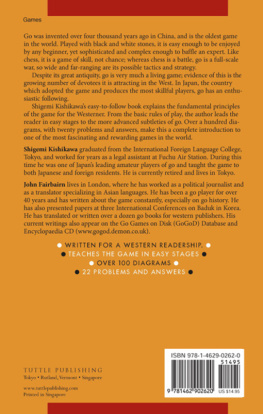
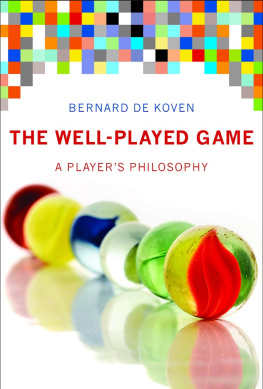
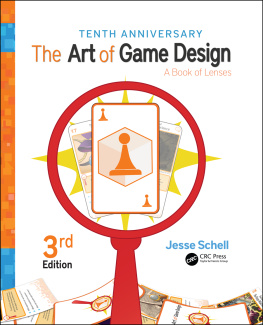
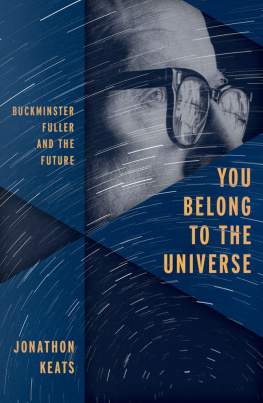
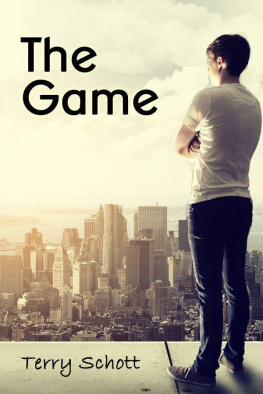
![Jesse Schell [Jesse Schell] - The Art of Game Design, 2nd Edition](/uploads/posts/book/119435/thumbs/jesse-schell-jesse-schell-the-art-of-game.jpg)
![Ethan Ham [Ethan Ham] - Tabletop Game Design for Video Game Designers](/uploads/posts/book/119417/thumbs/ethan-ham-ethan-ham-tabletop-game-design-for.jpg)
